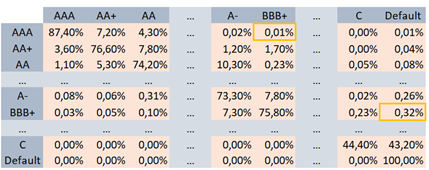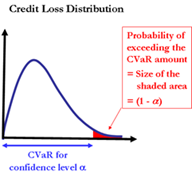Lilit Grigoryan
Lilit Grigoryan joined FS Impact Finance in August 2015 and works as a risk manager in the monitoring team based in Armenia. She focuses on the monitoring of the Central Asia region and participates in the preparation of inputs for the monthly reporting of the GLS fund.








